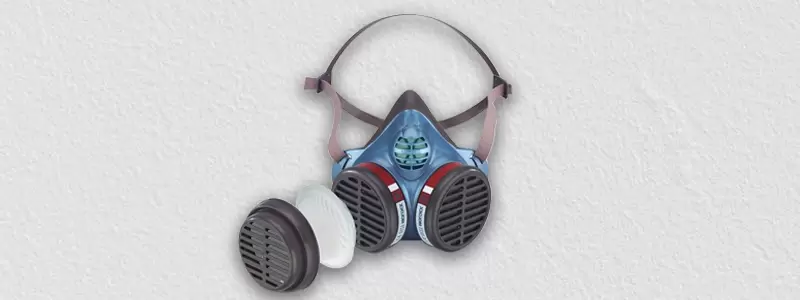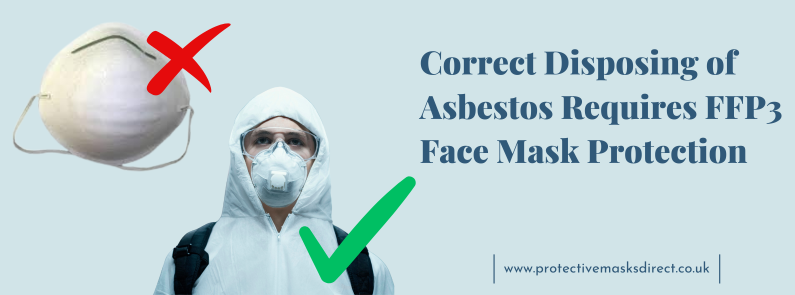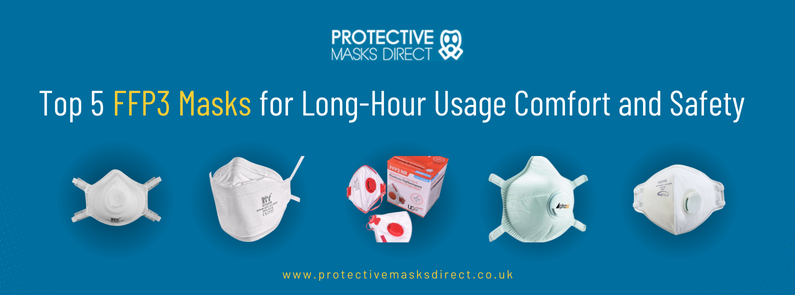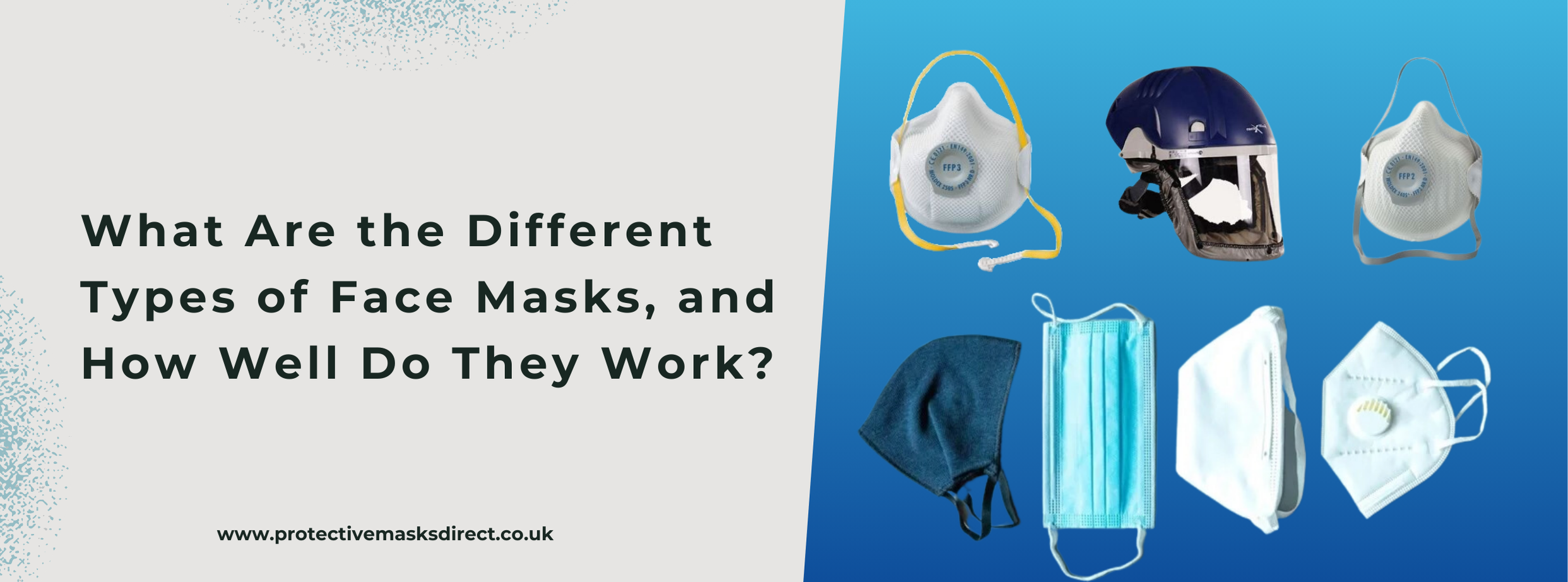
Key Takeaway:
Understand the importance of choosing the correct protective wear, like dust masks, based on the environment's hazards. Explore various types of masks and their suitability for different risks.
Introduction:
Discover the significance of selecting the right protective gear, such as dust masks, for hazardous environments. Explore the types of masks and their suitability for various risks.
It’s extremely important to choose the right kind of protective wear when you’re present in any hazardous environment. The simple reason why it’s important is that the only protection between you and the hazard is your personal protective equipment (PPE).
The most commonly used/required PPE is a dust mask. A dust mask is designed to give protection from airborne particulates present in the air in either solid, liquid, or gas form. These particulates get mixed up in the breathing air and enter inside the body. These airborne particulates are capable of causing some serious damage to your health.
The selection of right protective wear depends on the level of protection required against any imposed threat. A wide range of dust masks is available that can safeguard you against different types of hazards but a proper selection of the masks is required.
Which Mask is the Right One for you?
This depends on the environment you are in and to get the right mask, you will have to correctly estimate the hazard and gather complete information on the type of risk present. You must know the type of risk present in the environment to determine the type of mask that will prove to be the right fit. For this, conducting a risk assessment of the concerned environment is required.
Like in any environment where the air is contaminated with the asbestos, you will need asbestos bags, and masks that can effectively filter asbestos dust and protect you from inhaling it. To determine the right kind of mask you will need to check the rating present on the masks. Each mask is labelled according to the level of filter it can provide.
To know which mask is the right fit first you will need to know about the different types of masks available. Have a look at the most common types of masks that can be effectively used for various purposes-
Surgical Masks
Surgical masks are designed to catch the nasal discharge of the wearer and prevent it to spread to other people. But these masks provide no protection from viruses, fine particles, and airborne bacteria. The utility of this mask is only when you’re working with patients and you can even use them in cold and flu.
Respirators
Respirators are specifically designed to provide protection from harmful dust, vapors, fumes, and gases. Respirators can be further classified into 2 forms- reusable and disposable.
Reusable Respirators
These are designed to cover either half-face or full face and are commonly used in jobs where people have to handle dangerous chemicals or fire. These respirators to be really effective are required to fit perfectly on the wearer’s face.
If there’s any gap in between the mask and the wearer’s face then it’s not going to work. Reusable respirators give better protection against haze and smoke in comparison to disposable respirators because they fit perfectly and are designed to be more comfortable.
Disposable Respirators or Masks
Disposable respirators bear the word ‘NIOSH’ and are printed with either N95, N99, N100, R95, R99, R100, P95, P99, or P100. This helps in determining the level of protection they will offer as N means not oil resistant, R means oil resistant, and P refers to oil proof. The numbers 95 denotes that the respirator will filter 95% of the particles present in the air.
The wearer should be very careful in using the disposable respirators because any gap left between the mask and face will fail to provide any protection.
A List of Different Types of Disposable Masks
There are three different types of dust masks FFP1, FFP2, and FFP3, according to the European standards and all the three are capable of providing different levels of protection.
- FFP1 gives the least protection. It’s useful in protecting against non-toxic particulates like brick dust, cement, limestone, sugar, pollen, coal dust, gypsum, plaster of Paris. This mask filters 80% of the fine particles present in the air.
- FFP2 gives moderate protection. Protecting the wearer from hazardous mists, fume, and particulates against hazardous mists, lead dust and fume, softwood dust, granite dust, brake dust and hay and effectively filters 94% of the particles.
- FFP3 dust masks provide the highest levels of protection that any disposable mask can give. The wearers are protected from fine toxic particulates like asbestos, bacteria, viruses, and radioactive dust and 99% of the particles get filtered by the FFP3 masks.
It is easy to select the right type of masks or respirators that are designed to safeguard from differing environments. According to the level of protection provided by these masks, they can be effectively used in ensuring the health and safety of the wearer. Specific masks are designed for the needs of different work environments. Wear the right mask for your safety.




